|
On my recent trek through Peru, we tapped into the edge of the largest and most biodiverse tropical rainforest in the world, the Amazon. Covering over 2 million square miles, 60% of the forest is contained within Brazil, followed by Peru with 13%, and Colombia with 10% and with minor amounts in Venezuela, Ecuador, Bolivia, Guyana, Suriname and French Guiana. This spectacular world of its own originally flows with abundance. The Amazon Rainforest is considered “The lungs of the Earth” as more than 20% of the world’s oxygen is produced by the Amazon. One out of every ten of the world’s known species live in the Amazon and there are around 40,000 plant species, 1,300 bird species, 3,000 types of fish, 430 mammals and 2.5 million different insects. Further, there are around 3000 fruits, and in the west we make use of only around 200 of them. However, indigenous tribes make use of over 2000 of these fruits! Around 80% of the food we eat originally came from the rainforest. Some of the more popular examples include coffee, chocolate, rice, tomatoes, potatoes, bananas, black pepper, pineapples and corn. During my trek, we had the opportunity to walk through the coffee making process at a local coffee plantation. It’s important to understand where our products come from and it was a blessing to participate in the process, especially when I’m used to just consuming the final product. Picking the Beans, De-skinning, Roasting Human inhabitants first settled in the Amazon region at least 11,200 years ago. These native tribes make up almost half the population of Peru, and the Amazon basin was once home to an approximately 2000 different nations. Now there are about 400-500 and it's believed that about fifty of these tribes have never had contact with the outside world! Many indigenous people depend on sustainable sources of the rainforest for income, like tapping from the rubber tree, to provide for their families and communities. Up until a century and a half ago, only rainforest natives knew how to tap latex from the tree. The latex sap from the rubber tree was once used to waterproof clothes and even to form homemade shoes. Natives used to dip their feet in the rubber from the rubber tree to protect their feet. Today, the latex sap from the rubber tree is still used in the modern processing of products, such as tires. The bark has to be cut just enough to start the latex flow, but not enough that the tree is damaged. A single tree can be harvested for 25 years or more. High grade trees produce about 30 pounds of rubber a year, that equals 90 pounds of latex. My favorite use of sustainable rubber is in these amazing Iguaneye shoes. They are a lightweight diverse choice for traveling in both big cities and in the natural world. The rubber used for the main part is neutral, hypoallergenic, soft and very flexible. It is also 100% recyclable. The shape of the Iguaneye has been created to perfectly conform to the contours of your feet. The form provides a supportive, secure and extremely comfortable fit. Further, Iguaneye shoes are a refreshing alternative to flip flops in warm weather, the ventilated system is made of six openings and a series of canals which allow fresh air to circulate under the foot arch…”This feeling of freshness reinforces the impression of not wearing anything and walking barefoot.” They are also perfect for doing yoga outdoors. Hammock Yoga in the Rainforest- a New Way to Conceptualize Balance The rainforests have begun to be destroyed in the last 100 years to make way for farm land. Deforestation is the conversion of forested areas to non-forested areas. Today, the rainforests are being destroyed by 1.5 acres every second. It’s often logging businesses that create conflict when they seek to exploit and permanently change the land upon which the Amazon basin’s indigenous peoples rely. There has been barely any economical advantage for Brazil from logging rainforest zones and converting these to pastoral fields. Vanishing Rainforest: Painting by Hannah Faulkner In the yoga philosophy of the Yamas (one limb of Pantajali’s 8-Limed Path to Enlightenment) also known as Universal Morality, Asteya means to take nothing that does not belong to us. When these big businesses seek to destroy the long-term health and production of such a special place, they are not only stealing from local native people and animals, but also from future generations’ ability to utilize these unique resources. Ahimsa is another one of the Yamas, lessons in Universal Morality, from Pantajali’s 8-Limbed Path. It means kindness, friendliness, and thoughtful consideration of other people and things. Ahimsa implies that in every situation we should adopt a considerate attitude and do no harm. Therefore, in this situation, we need to respect and honor to the land and those who live on it. Sustainability is the capacity to endure instead of destroy. It is how biological systems remain diverse and productive in the long run. Moving towards sustainability is also a social challenge that entails international and national law, urban planning and transport, local and individual lifestyles and ethical consumerism. Sustainability is all about seeing the big picture. It starts with strong individuals who make a stand for Universal Morality. Chico Mendes was an early advocate of the idea that people who live in the forest could create livelihoods from sustainable forest resources, rather than the one-time economic benefit of cutting down trees. He practiced Ahimsa and followed his heart. Mendes organized the National Council of Rubber Tappers in Brazil and created extractive reserves for tapping the rubber trees. These reserves allow for the sustainable harvest of goods, such as rubber or nuts, and helped to protest against the clear cutting of land for cattle grazing. Sadly in 1988, he was murdered for his work. He was killed by greedy ranchers who only cared about their own wealth, opposed to his efforts to save the rain forest. Since then, his efforts have been carried on by his coworkers and supporters across the world. Another example of how we can show ahimsa while traveling is to create a respectful experiences for everyone involved. G Adventures is a world-renowned tour group that creates the opportunity for cultural exchange rather than exploitation. They lead tours through the Manu Rainforest preserve. Local indigenous people offer their homes and warms meals in exchange for monetary compensation. It is beneficial for everyone involved. The takeaway can be a deeper understanding of the relationship between the people of these secluded regions and the environment upon which they depend. (www.gadventures.com/blog/working-together-Tourism-Amazons-indigenous-peoples) What type of relationship should we have with our resources? Do you know where your objects come from and how the materials were extracted from nature? Are these products created in a sustainable or destructive way? Ways of living more sustainably can take many forms from reorganizing living conditions, reassessing economic sectors or work practices for sustainable architecture, using science to develop new technologies with renewable energy and sustainable power, and adjusting individual lifestyles that conserve natural resources. As individuals, we should do our best to remain conscious of these concepts. It can be tricky when we live in big cities with large shopping centers and abstract packaging and labeling of products. Further, it’s becoming easier and easier to consume products without even leaving the comfort of your own home. Amazon.com may account for around a third of all U.S. ecommerce sales. Founder Bezos named the business after the river, Amazon, to suggest scale- the largest river in the World to represent the world’s largest bookstore. Although there is an enormous amount of products that one can consume on this megasite, we as consumers can choose to be more mindful and do a little research about the materials and procedures involved with making the products that we desire. Although, I am one of those romantics who loves the feel and smell of old fashioned book, one of my favorite alternatives is to listen to amazing books on Audible.com (part of Amazon and Kindle). With a monthly subscription, I have access to at least one new book each month and options to listen to more for very reasonable prices. This is a win/win situation and life-changing invention. People can tell their stories and share valuable information through sound. As the listener, I can multi-task by also doing the dishes, walking, or driving and save trees in the process. Tree Pose (Variation) to Remind Us of Sustainablity and Ahimsa Mantra for the Yamas I practice thoughtful consideration of other people and things. I speak the truth as I consider what I say, how I say it, and in what way it could affect others. I do not take something that does not belong to me. I form relationships that foster understanding of the highest truths. I take only what is necessary, and not to take advantage of a situation. My fundamental nature is compassionate, generous, honest and peaceful.
2 Comments
7/5/2016 07:51:57 am
Thanks for sharing your experience! It sounds awesome and the facts about the rain forret is just staggering. We should really do more to protect our rain forrest!!
Reply
Your comment will be posted after it is approved.
Leave a Reply. |
Hannah Faulkner
|
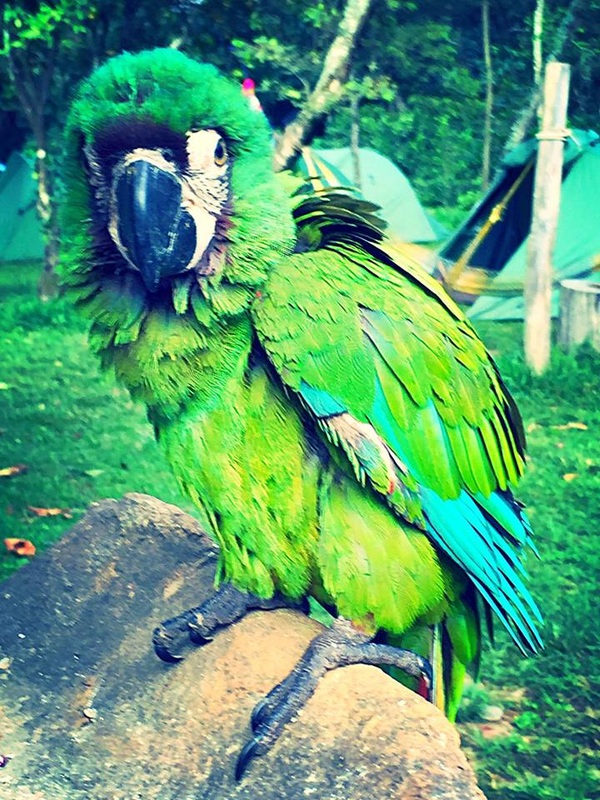
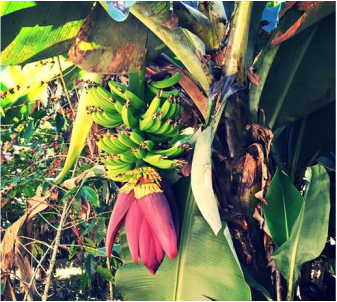
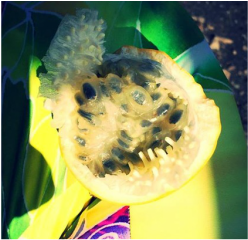
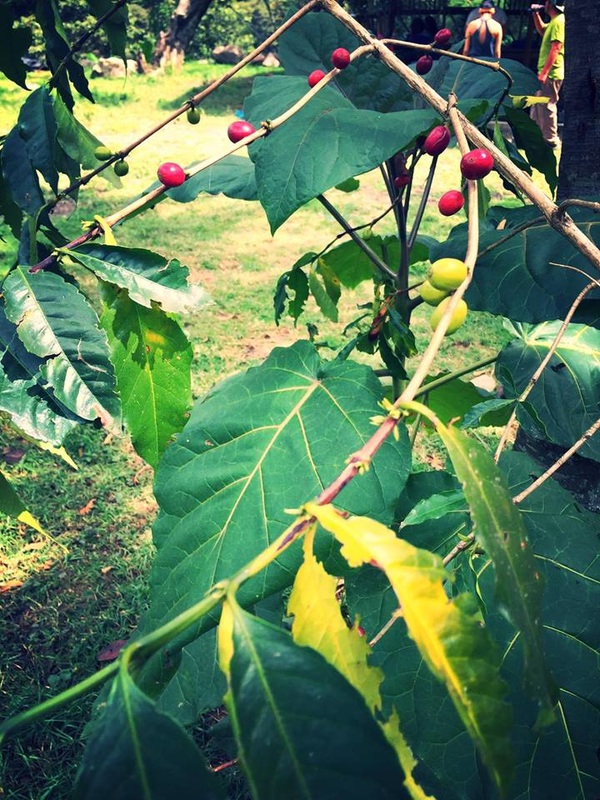
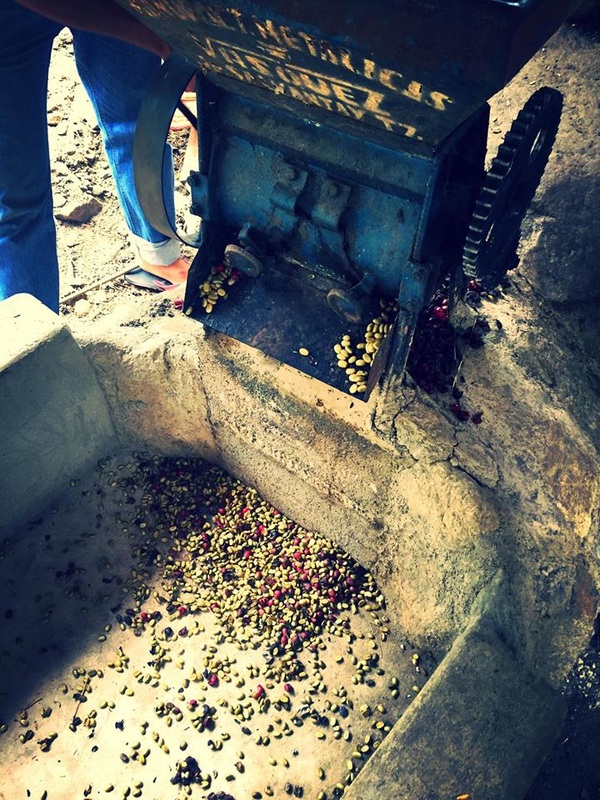
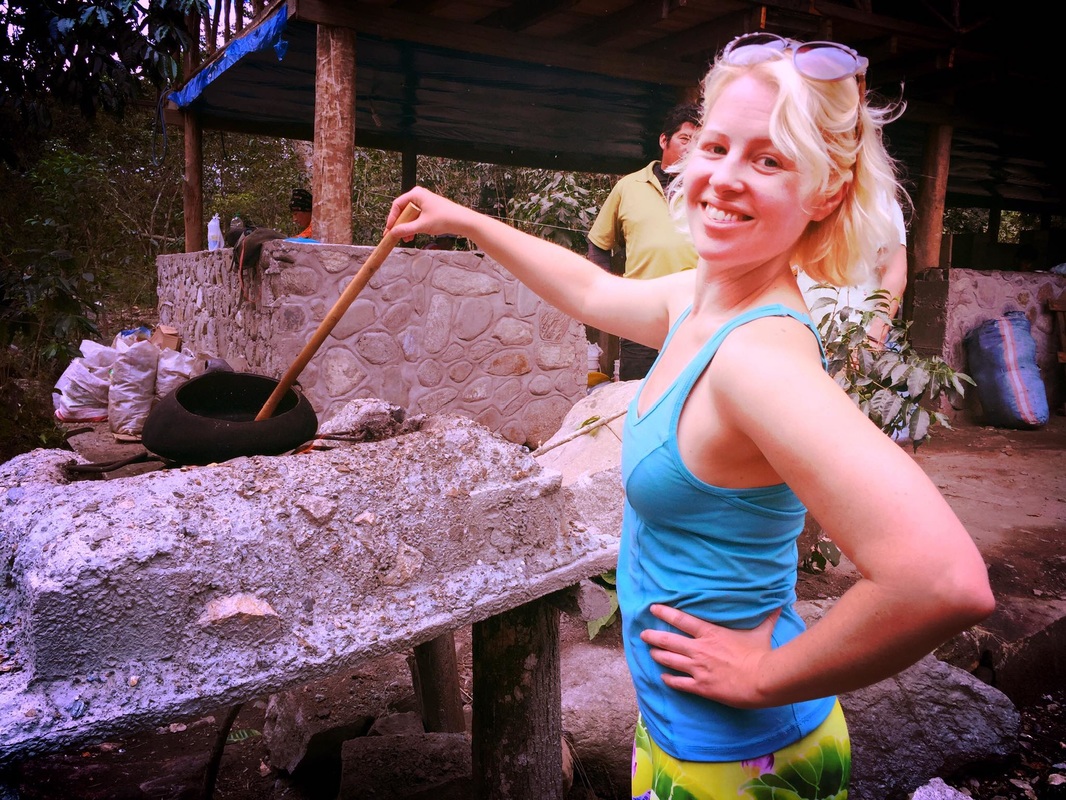
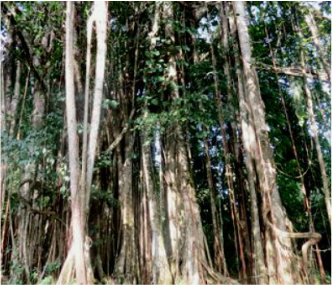
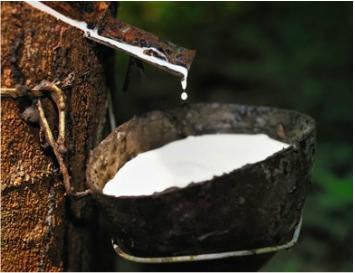
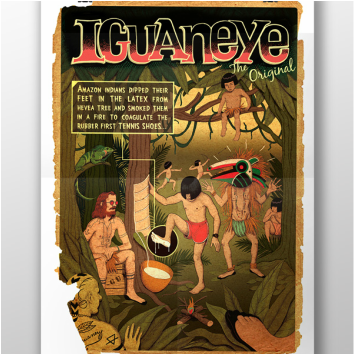

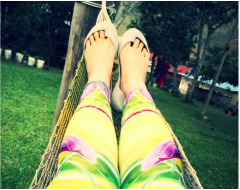
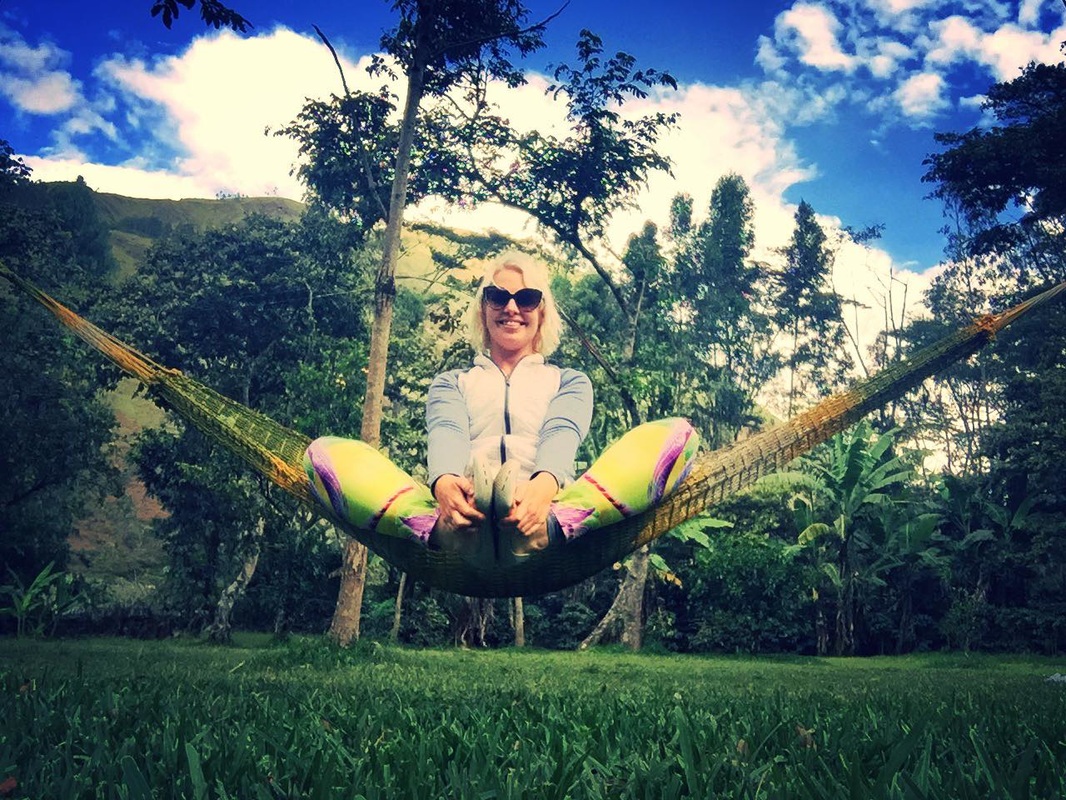
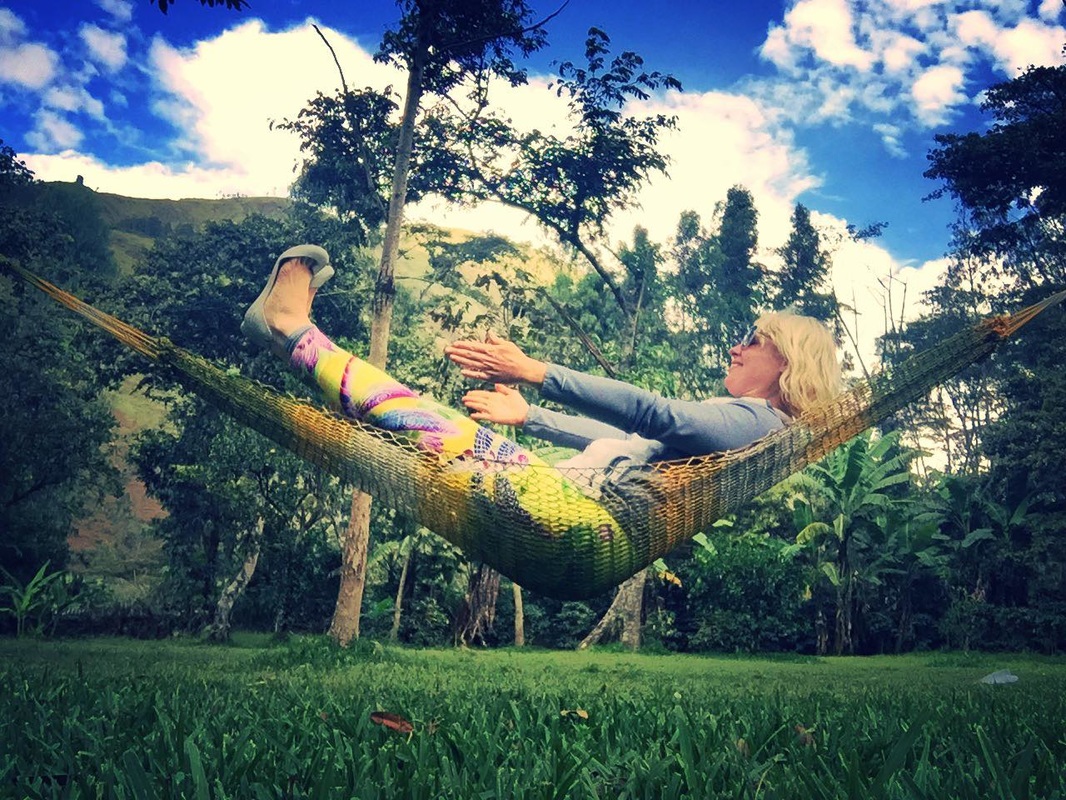
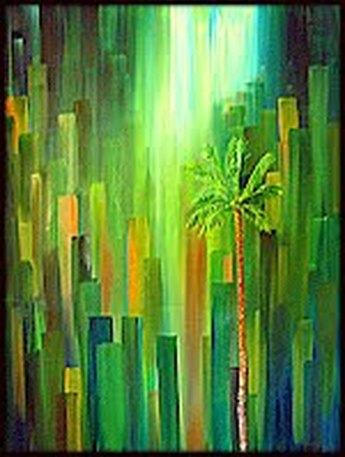
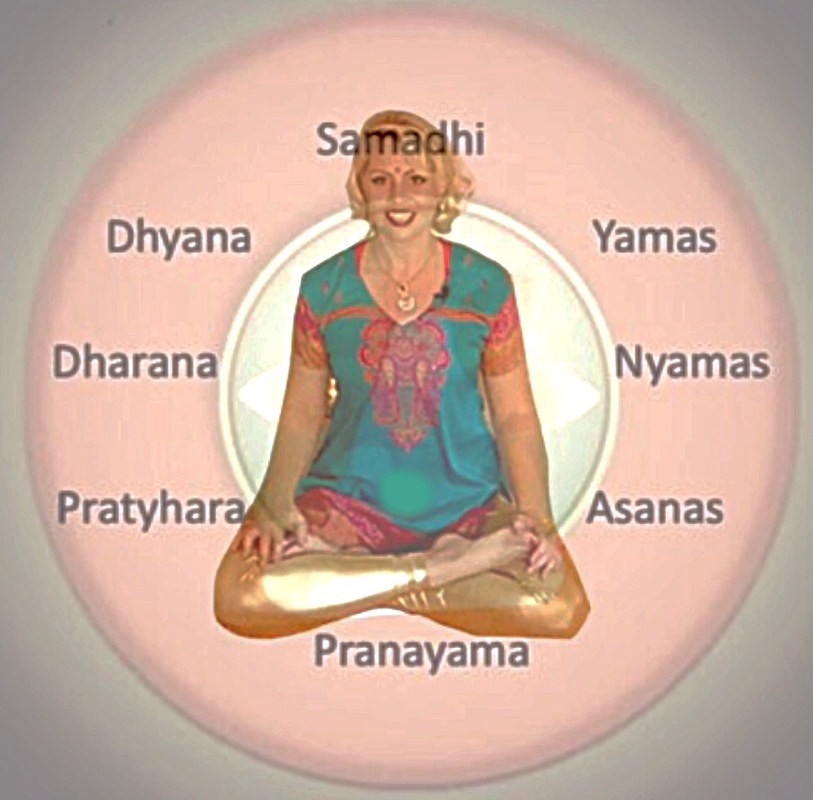
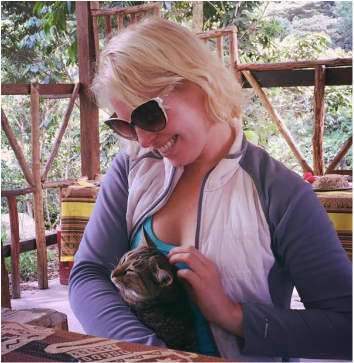
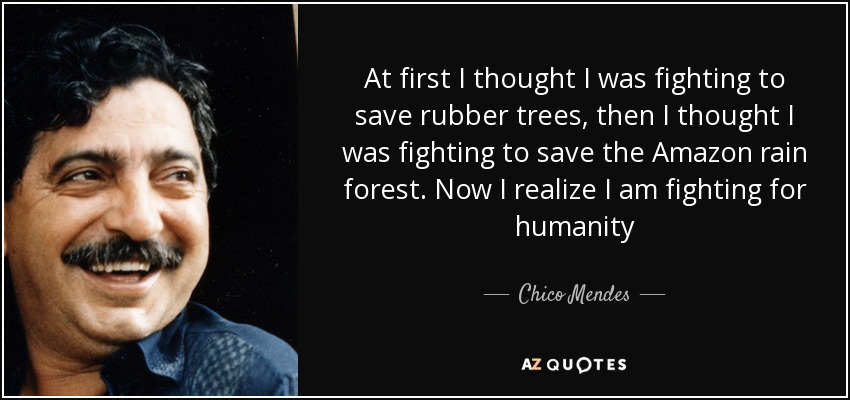

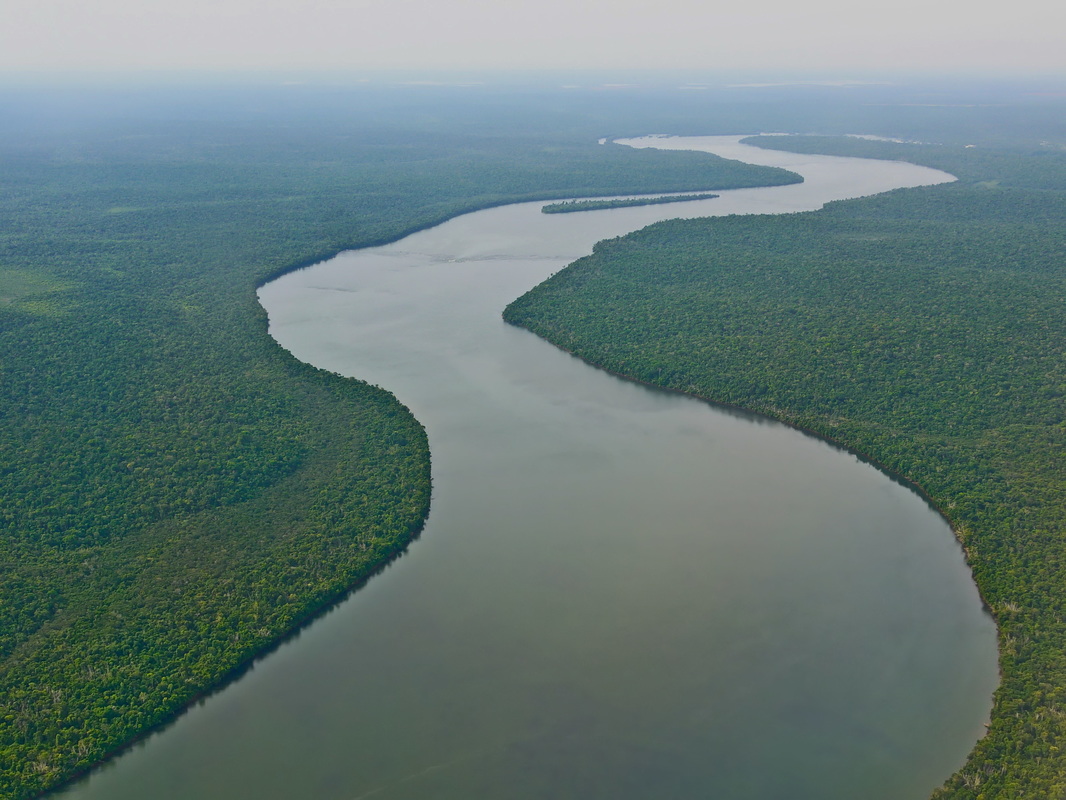

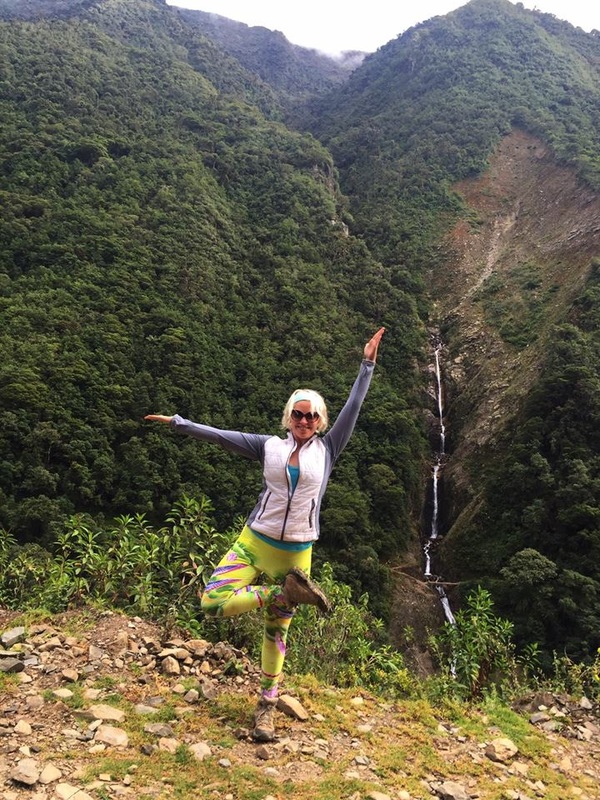


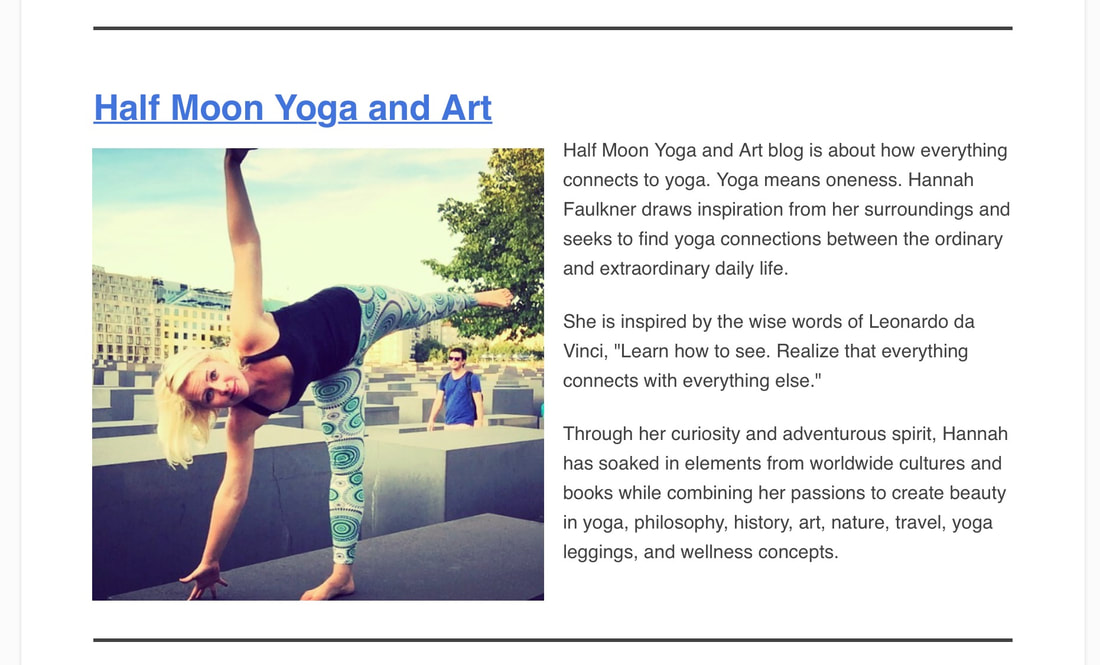



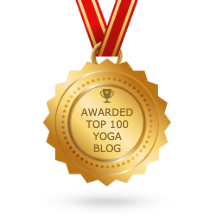

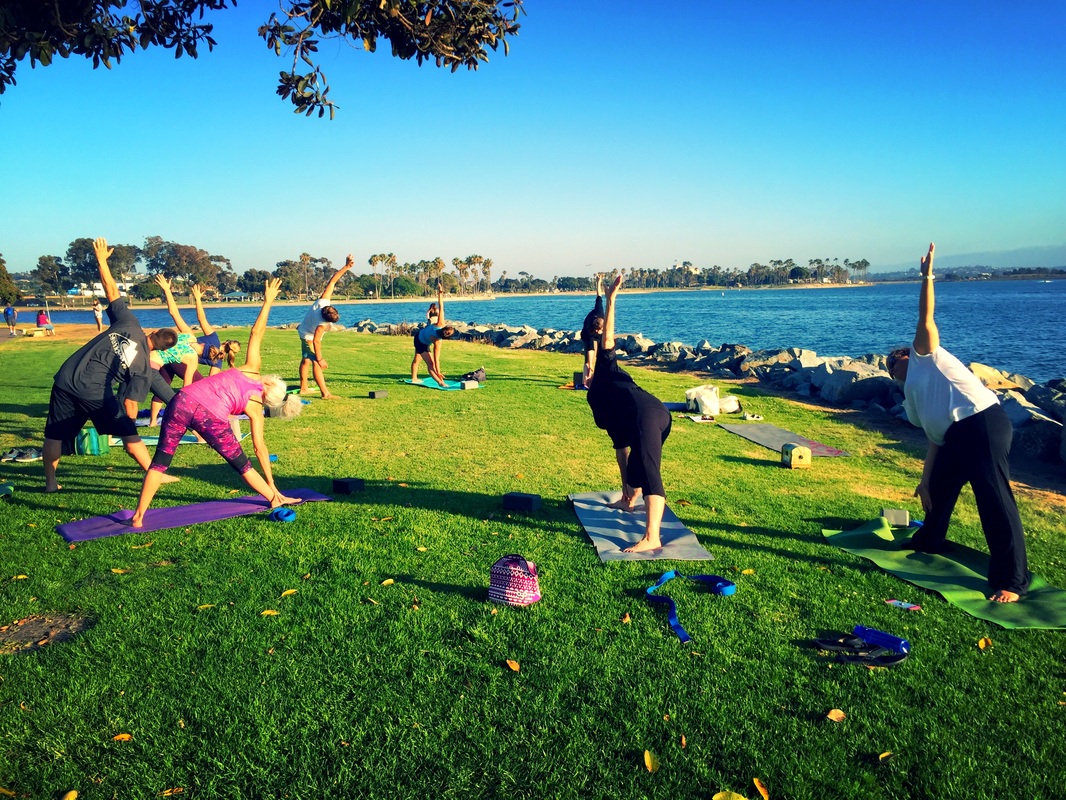
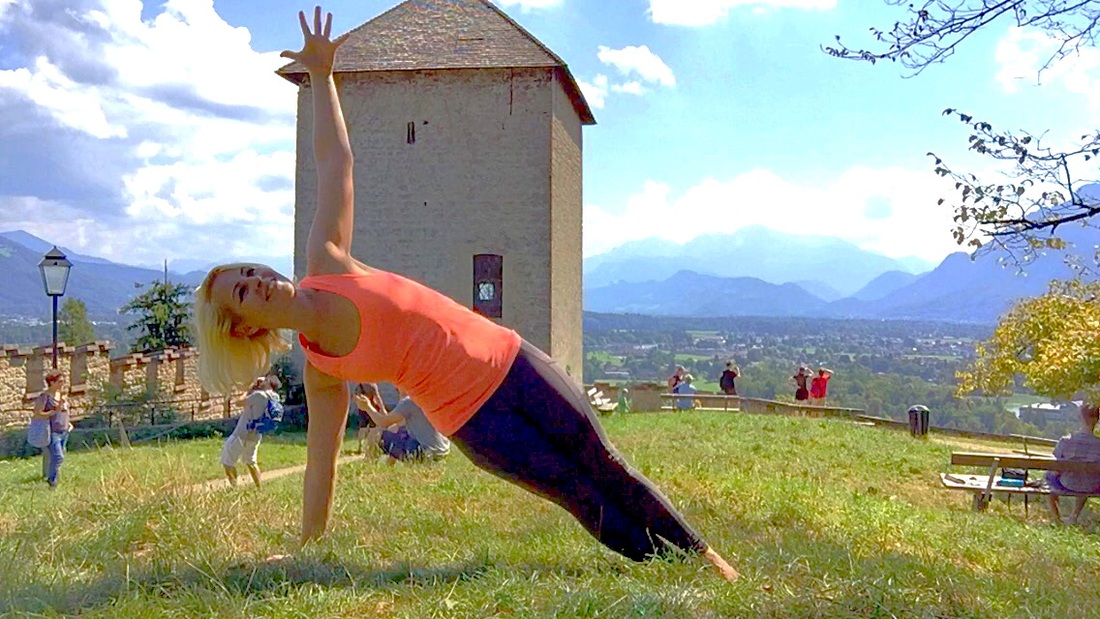
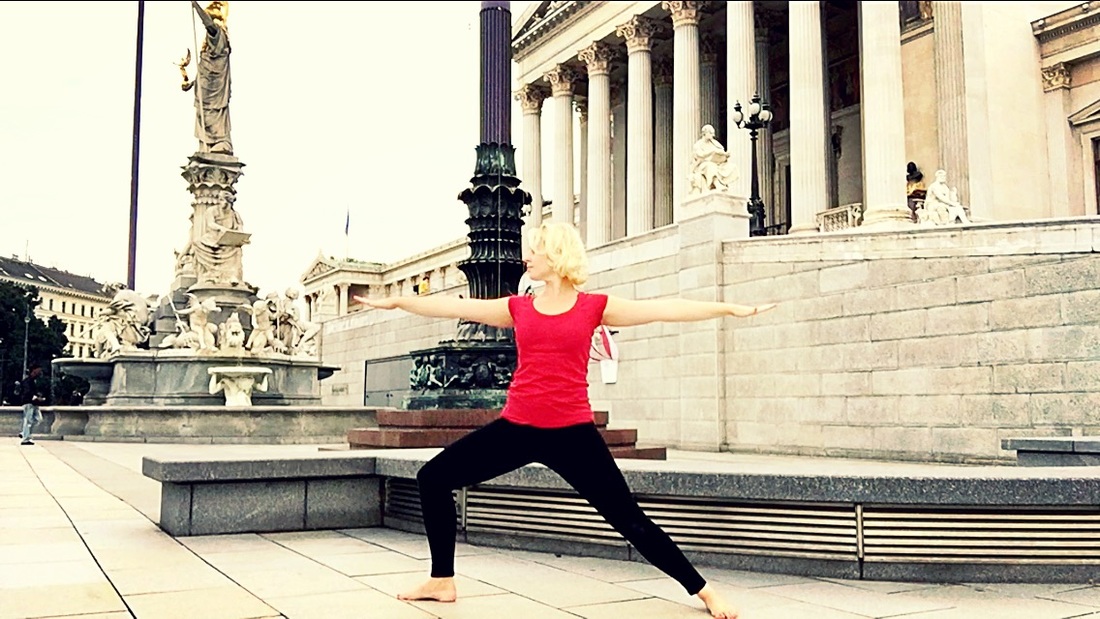

 RSS Feed
RSS Feed